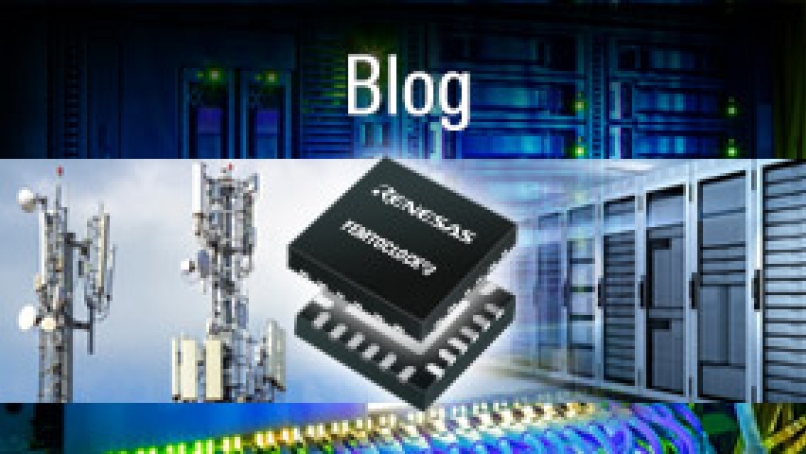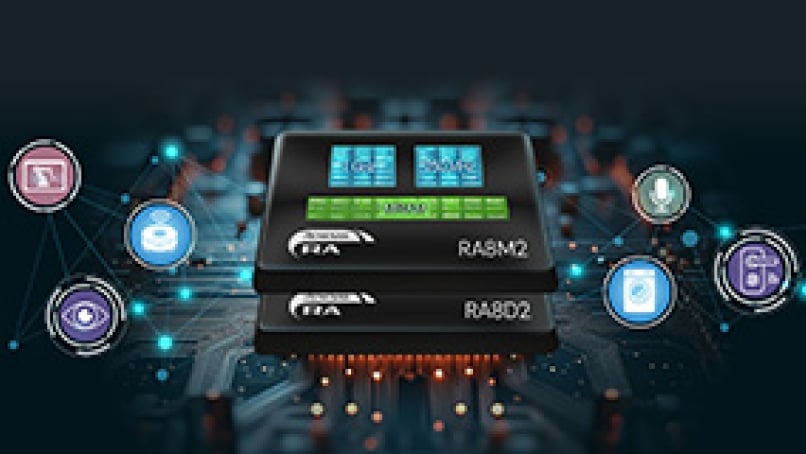Digital hearing aids today do much more than simple sound amplification for the user. They are designed to improve speech understanding, filtering out unwanted external background noise, while enhancing volume and clarity for desired sounds. With Bluetooth® connectivity, digital hearing aids can also work as wireless headsets, connecting to phones and other devices for calls, and streaming audio for music and videos. Usage applications are not just for the hearing impaired, but also include hearing protection and covert communication. These can include active hearing protection, and one and two-way communication for security and law enforcement, industry, and aviation.

To accomplish these key features, hearing aids utilize sound processors to interpret multiple audio frequencies and levels. Sound waves captured by hearing aid microphones are sent to the processor to convert the signals into digital information that is enhanced and amplified for the wearer. For optimum listening, the processor decides which audio frequencies to enhance or diminish, based on different user situations or environments. Additionally, the sound captured for the processor to interpret must be retransmitted, with imperceptible sound delays to the ear.
The use of non-volatile memory storage in the digital hearing aid is fundamental for optimized hearing responses under a variety of listening environments. Non-volatile memories record the different usage activities and acoustic responses preferred by the user for various audio conditions, such as volume level and audio frequencies. The data-logging of such information and responses allows the hearing device to learn and store multiple situational programs. The recorded data can identify specific sound environments to conditionally activate the appropriate program with calibrated volume and frequency responses ideal for the individual user.
For the operation of multiple programs in hearing and communication aids, the specific actions required for non-volatile memory are continuous writing and reading. The memory must also include long usage between battery charges and operate with imperceptible sound delays, while also maintaining a tiny form factor.
Among the different non-volatile memory technologies available, magnetoresistive random-access memory (MRAMs) have the most advantages overall for the key system needs in a digital hearing aid.
Advantages include:
- For device operation, MRAMs allow near-endless write cycles, continuous data-logging, and event recording with no write delays - MRAMs enable continuous overwriting of data with an ultra-high endurance of 10e16 cycles. This endurance level also eliminates the need for difficult write usage level schemes required to conserve the finite program-erase cycles in typical flash memories.
- Fast and simple memory access, with very low latency write and read operations - The MRAM device write operation is clean, with bit-level data access. MRAMs do not require clumsy block-level erasures like flash memories. MRAMs surpass other non-volatile memories with faster read and write access speeds up to 108MHz. Fast memory access and non-volatility equals fast system recovery in the event of power loss (planned or unexpected), allowing access to configuration settings, bring-up sequences, and control codes.
- Small form factor with serial (SPI) interfaces and enough memory in a single, monolithic chip - Renesas MRAMs are available in sizes up to 16Mb, with an 8-pin small footprint. Compared to flash memories, MRAMs have the same serial interfaces with SPI configurations for ease of design, which have much faster access speeds compared to flash.
- Very low energy usage, based on the frequency and percentage of read and write operations for typical hearing-aid usage - MRAMs can have the lowest energy consumption, when write cycles dominate the majority hearing aid operation. Because of short write cycles and low write current features, the energy consumption for MRAMs can be 14 times less than other non-volatile memories.
MRAMs represent the newest line of memory products from Renesas. These MRAMs are fast non-volatile memories, offering very low latency access combined with ultra-high endurance. They feature simple random access memory operation, through industry-standard SPI interfaces that allow ease of use and a small footprint. These key advantages of MRAMs make them the optimal solution for advanced hearing aid applications.
Visit the MRAM page to learn more about our memory portfolio.


